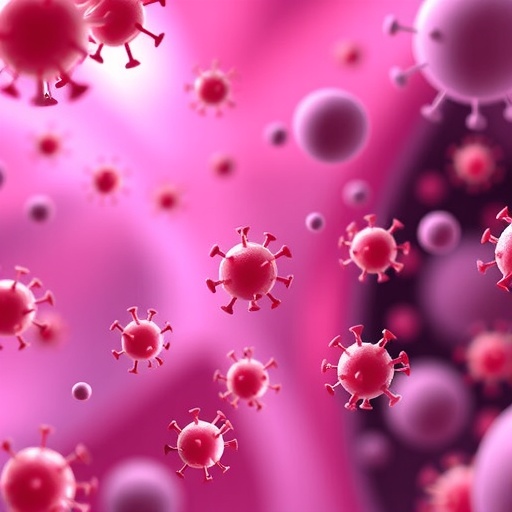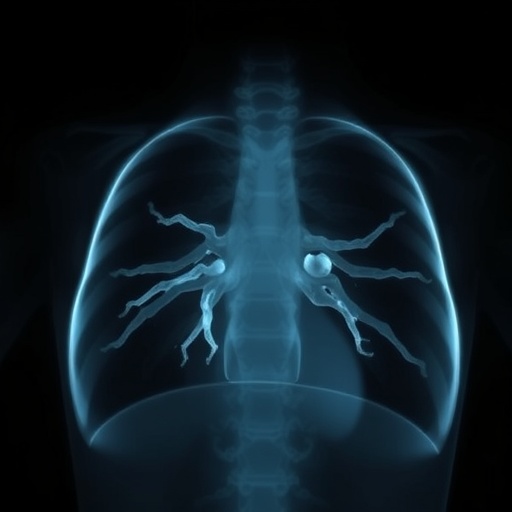In recent years, the scientific community has witnessed a burgeoning interest in postbiotics, a novel class of bioactive compounds that promise to revolutionize gut health and beyond. Unlike probiotics, which are live bacteria administered to confer health benefits, postbiotics are defined as preparations containing inanimate microorganisms or their components that also provide health advantages to the host. This distinction, formalized in 2021, has opened new avenues in microbiome research, yet it simultaneously presents unique challenges, especially regarding the precise quantification of these complex substances.
Recognizing this critical gap, an international consortium of fifteen leading scientists from academia and industry collaborated under the auspices of the International Scientific Association for Probiotics and Prebiotics (ISAPP) to develop a pragmatic framework for postbiotic quantification. Their groundbreaking paper, published in Frontiers in Nutrition, addresses the urgent need for harmonized methodologies adaptable to the diverse nature of postbiotic products. This publication marks a significant milestone toward unifying the field and propelling research and industry innovation forward.
.adsslot_ENj8k46xCS{ width:728px !important; height:90px !important; }
@media (max-width:1199px) { .adsslot_ENj8k46xCS{ width:468px !important; height:60px !important; } }
@media (max-width:767px) { .adsslot_ENj8k46xCS{ width:320px !important; height:50px !important; } }
ADVERTISEMENT
Rather than prescribing a rigid, one-size-fits-all quantification protocol, the expert collective presents a dynamic decision tree designed to guide researchers and manufacturers in selecting the most appropriate analytical techniques. This flexible framework considers critical variables such as the specific types of microorganisms involved, the degree of cell integrity, and the number of strains present in the formulation. Such a tailored approach reflects the heterogeneous and multifaceted nature of postbiotic preparations, which often comprise a complex blend of dead cells, cell fragments, and metabolic byproducts.
The complexity inherent in postbiotic compositions means that fully characterizing and quantifying every component may not always be feasible. Instead, the proposed framework encourages a strategic focus on key elements within the mixture that are most relevant to biological activity and product consistency. Ultimately, this strategy enables robust quality control, ensuring batch-to-batch reproducibility and fostering consumer confidence in postbiotic products.
Dr. Gabriel Vinderola, the first author and a distinguished microbiologist based at the National University of Littoral and CONICET in Argentina, emphasized the necessity of this initiative. He noted that following the establishment of the postbiotic definition in 2021, ongoing discourse among experts revealed an urgent demand for a standardized quantification framework to accelerate progress across scientific, regulatory, and industrial sectors. The publication aims to bridge this divide, providing practical guidance that encourages alignment and clarity in postbiotic measurement practices worldwide.
From an industrial perspective, the framework offers an invaluable resource that integrates cutting-edge technologies to quantify postbiotic components effectively. Techniques such as flow cytometry and polymerase chain reaction (PCR) are highlighted as promising tools that not only provide detailed insights into cellular integrity and genetic material but also cater to scalability and precision required in commercial settings. This synergy between advanced scientific instrumentation and practical industry needs reflects the paper’s forward-looking approach.
Moreover, the authors acknowledge that as scientific methodologies evolve, so will best practices for postbiotic quantification. The decision tree and associated guidance represent a living framework, adaptable to future technological breakthroughs and enhanced understanding of postbiotic mechanisms. This flexible orientation ensures relevance and applicability, fostering an ecosystem of continuous improvement and innovation within the field.
The impact of this publication extends beyond quantification alone. By elucidating a scientific and regulatory pathway for defining and measuring postbiotics, it sets a foundational benchmark that can stimulate investment, catalyze product development, and underpin evidence-based claims in the marketplace. This structured clarity is essential not only for researchers but also for regulators and consumers navigating this emerging frontier of microbiome science.
Importantly, the paper underscores that quantity alone does not equate to efficacy—a nuanced perspective that champions a comprehensive characterization of postbiotic preparations, considering biological activity and mechanistic understanding alongside measurement. This holistic approach aligns with growing appreciation within microbiome research that function and composition are tightly interwoven in determining health outcomes.
As postbiotic research continues to expand, this expert framework is poised to become the touchstone for future studies, reinforcing robust scientific standards and fostering global harmonization. The collaboration exemplifies the power of interdisciplinary dialogue in addressing complex challenges and pioneering pathways toward novel health interventions grounded in microbiome science.
In conclusion, the advancement of postbiotic quantification represents a pivotal step in unlocking their full potential as therapeutic and preventive agents. The ISAPP-led expert working group has provided the field with a pragmatic, scientifically sound framework designed to navigate the inherent complexities of these preparations. As laboratory technologies and industry standards evolve, the foundation laid by this consensus will undoubtedly support the responsible development, characterization, and commercialization of postbiotics worldwide, ushering in a new era of microbiome-based innovation.
Subject of Research: Not applicable
Article Title: Postbiotics: a perspective on their quantification
News Publication Date: 3-Jun-2025
Web References:
https://www.frontiersin.org/journals/nutrition/articles/10.3389/fnut.2025.1582733/full
References:
Vinderola G, et al. Postbiotics: a perspective on their quantification. Frontiers in Nutrition. 2025.
Keywords: Human health
Tags: bioactive compounds in gut healthchallenges in postbiotic measurementdifferences between probiotics and postbioticshealth benefits of postbioticsinnovative approaches to gut healthinternational collaboration in scientific researchInternational Scientific Association for Probiotics and Prebioticsmanufacturing reproducibility in postbioticsmicrobiome research advancementspostbiotics quantification frameworkscientific methods for quantifying bioactive substancesstandardizing postbiotic dosages





